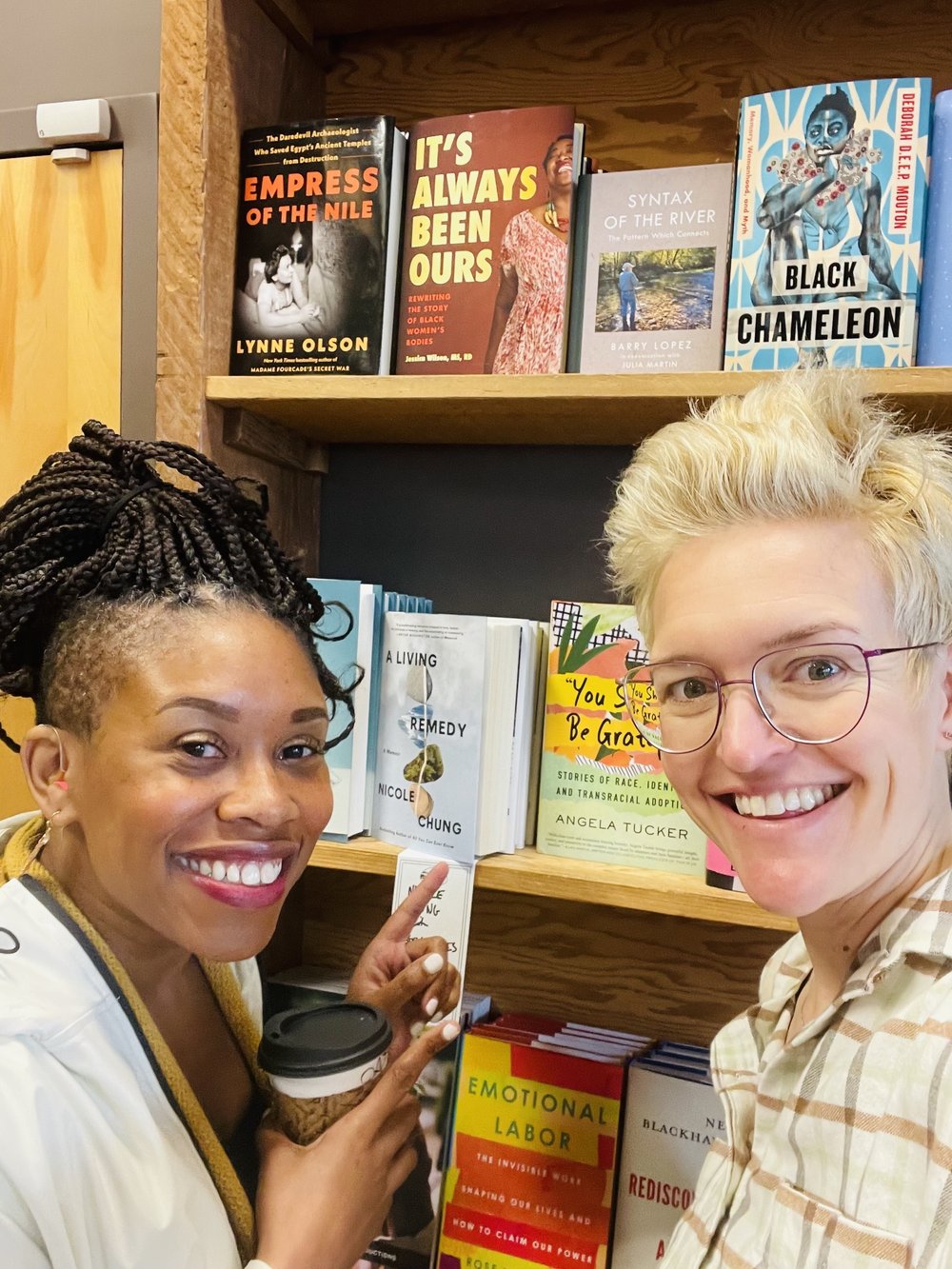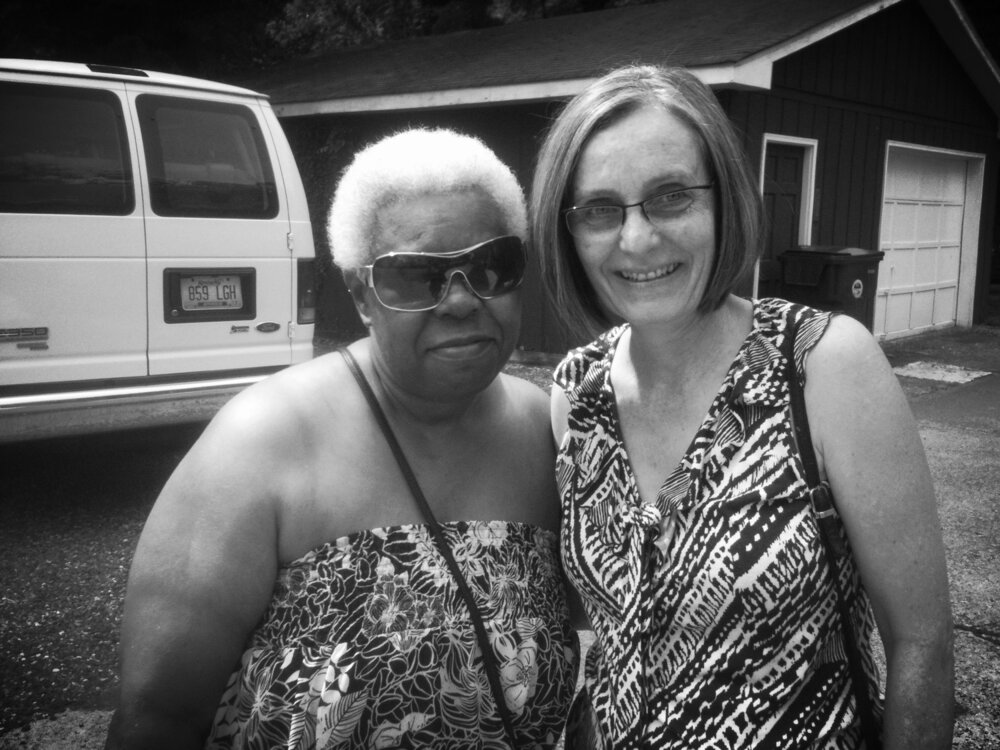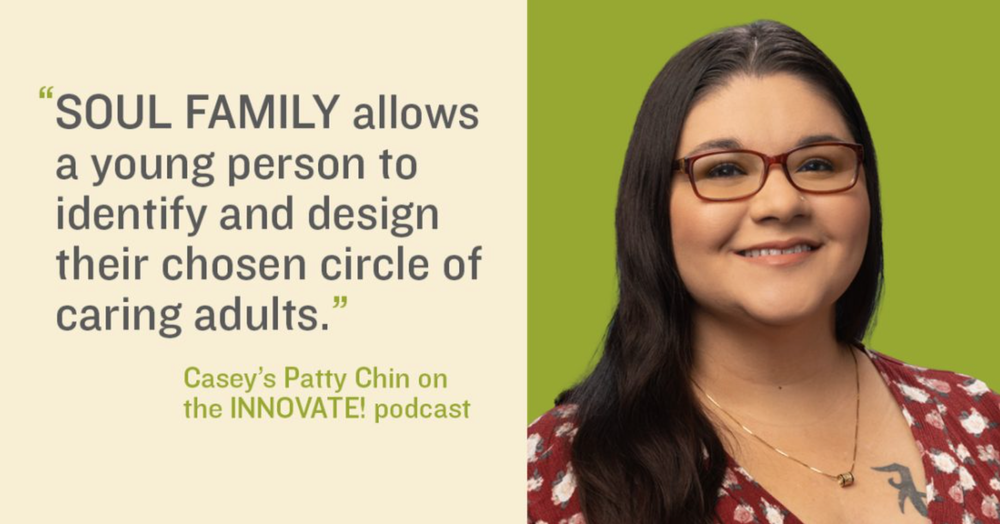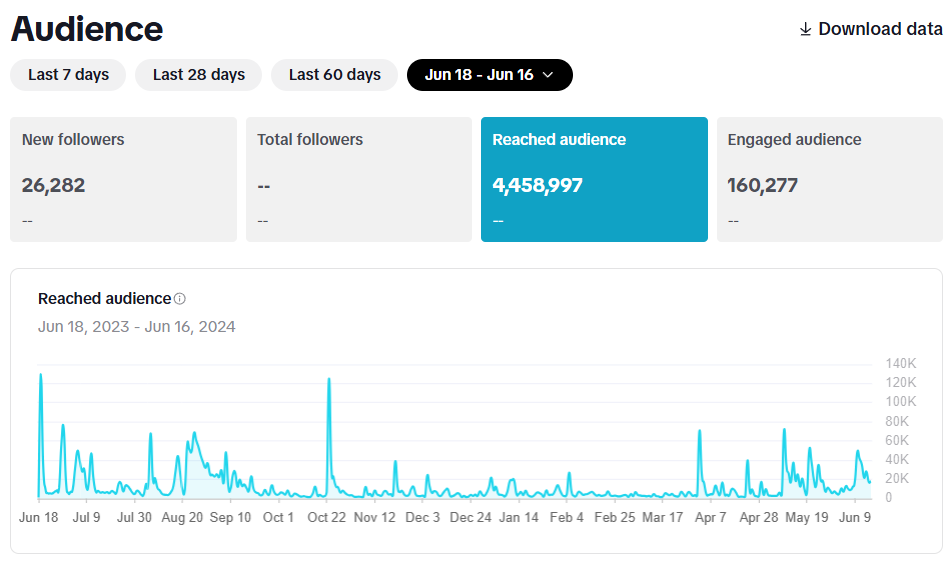An egalitarian update to Open Adoption agreements.

I write well at 30,000 feet.
I�m currently nursing a cramping left calf in the middle seat of a crowded 10-hour flight from Edinburgh, Scotland back to the United States. I was a bridesmaid at a wedding where unbeknownst to me, I�d soon be ugraded to family status. But, not just me, practically most of the attendees became extended family simply by virtue of extending our love. This occasion was a wedding to rival all weddings - held at Hopetoun House, a 6500 acre estate built in 1699. It was the perfect venue for this couple, a woman of Nordic descent, marrying a South Sudanese Scot (check out my Instagram for the swoon-worthy photos).

Standing with my dear friend looking at my book on the shelves for the first time!
This celebration came at the tail end of my whirlwind 10-city book tour where I was enveloped by generous hosts, beautiful bookstores, harried airports and contemplative conversations that often centered on the Sondersphere idea that I posit in the latter half of the book. I am on a high recognizing that many of you truly understood that my book wasn�t simply about whether I think adoption is good or bad, but rather the topic of expansive and inclusive families.
This is what I experienced on the palatial grounds in the outskirts of Edinburgh. The groom�s family is from the Ma�di tribe, they fled to Edinburgh from South Sudan over five decades ago. Edinburgh is a city where the census didn�t reocgnize a single percentage of their population as Black until fairly recently. Thus, it made sense that his family would befriend other Africans. Specifically asylum seekers from Malawi who were also displaced, ending up in Edinburgh. Over the years, these relationships simply became family. So when the photographer asked �just the groom�s family� to be in the photo, everyone erupted in laughter. The groom�s family consisted of those who were biologically related, but also those who weren�t. It includes the 12-year-old child from Malawi who was delivered by a South Sudanese elder. She�s now a �cousin.� It includes the neighbor who looked after the others when folks had to travel to and from their home country. They, too, are now �cousins.� Apparantly, the family now includes me, too. Because as I stood by looking on, admiring the African men in Scottish kilts, listening to the Congo drum playing a duet with the bagpipes, I heard my name being called out by the bride; �Angela! You�re family. Come get in the picture!�

Family.
The �Sondersphere� is a word I coined in an attempt for adoptive families to work towards this type of expansive family arrangement. The current rigid, contractual way Open Adoption Agreements just aren�t working. When I worked with families, I remember a template that had the following:

4 visits per year at a neutral location (local park, McDonalds, school playground etc.) chosen by the adoptive parents. Visit is not to exceed 4 hours.
Biological mother & father may attend. Any other guests must request permission from the adoptive parents.
6-10 photos will be shared every 4 months via the adoption agency or a private portal.
Photos are not to be uploaded to the internet without prior approval from the adoptive parents.
�The adoptive parents have discretion to terminate a visit at any time, and limit future visitation between birth parent and the child, if they observe any inappropriate behavior on the part of the birth parent and deem the visit is harmful to the child.� The birth parent may not bring anyone to the visit without prior approval from the adoptive parents.���
The language often clearly positioned the biological families to be at the whim and mercy of the adoptive parents. The final sentence in the agreements that I saw would often say something like: �If the birth parent fails to request a visit for twelve consecutive months, this agreement will be considered null and void.��To me, this setup resembles a survival of the fittest type of meritocracy.
I believe that children are the responsibility of the entire community rather than just the parent(s).�And in this vein, the Sondersphere reflects this. It imagines something much more relational and enlightened. Yes indeed, �it takes a village��
Having spent three decades living the adoption experiment and over a decade working directly with adoptive and birth families. I constantly hear from both biological parents and adoptive parents that they are just worn out.�
�I wish I could keep my child, but it�s just too hard to find a job, pay my rent and care for them at the same time! I guess they�ll need to be adopted.��
�I understand the commitment as a White adoptive parent that I need to make for my Black kids, but it�s so tough because our days are jam packed from the moment they wake up to the moment they go to bed at night. Driving an hour away to attend the predominantly Black church is just one more thing on our plate!��
It is clear to me that the issue of keeping adoptees connected to their biological families and kin networks isn�t just a matter of intergenerational poverty and racism, but it�s our nuclear family model.�

The nuclear family model places a heavy burden on parents, particularly mothers, who often bear the primary responsibility for childcare and household management. This is unrealistic given the challenges of modern family life, such as the demands of balancing work and family responsibilities, and perhaps most importantly, our society is becoming increasingly lonely which, I fear, may lead to our demise.�
The Sondersphere attempts to widen the networks of care and affection so that people are not only supporting each other, but supporting each other�s children as well! This collective child rearing could scare people�I know some folks may immediately conjure up thoughts of a cult or socialism. That is not what I�m suggesting. Let�s remove the agriculture focus, private land-ownership and work requirements of a commune and simply focus on the child-rearing aspects.�Also, we mustn�t confuse egalitarianism as utopia. My Sondersphere theory includes inevitable friction, drama and all of the other trappings inherent within family systems.
Kristen Ghodsee is an American anthropologist and professor at the University of Pennsylvania. Her work fascinates me, especially how she lived in Kibbutz Hatzerim in Israel in order to learn more about communal living. In her book, Everyday Utopia, it ended up sounding quite like a college dorm. She says:
?We could be raising our children cooperatively in dwellings designed to enhance rather than inhibit social connection. We could be more sustainably sharing our resources and teaching our children to value collaboration over competition. We could be living in wider lateral networks of love, care, and support; fighting the scourges of loneliness, anxiety, precarity and the many stresses associated with modern life. Most of us are not.? � K. GhodseeWe have some formal examples of the Sondersphere - The Treehouse Foundation has Treehouse Lane, an intergenerational neighborhood that includes twelve family homes with three, four or five bedrooms and 48 one-bedroom cottages. There are over 100 people that live on Treehouse Circle ranging in age from 3-90. Senior citizens live amongst families who are caring for children in foster care. The primary difference between this and the Sondersphere is that Sondersphere�s don�t have staff - because the children are not in foster care and families don�t need staff support, instead the resources come from the extended family network. When we care for many, instead of just those within our single-family homes, we end up sharing resources in a way that actually benefits the whole community and thus is simultaneously less wasteful. All good things, right?
The idea of expanding these parental connections with more children is to fundamentally challenge the idea that only your biological child is worth your attention and love, that only your immediate biological offspring is worthy of your wealth and privilege. It�s to challenge the immediate assumption that it will confuse a child about who is who (research has proven this not to be the case). I think this is the crux of the difficulty in open adoptions as they are currently practiced. It�s the discomfort for adoptive parents to share the title of �mom� and/or �dad.�

My all-time favorite photo. My mom�s together.
However, I don�t believe that this is true of everyone. I�ve experienced firsthand my parents� ability to love me as much as their biological daughter. I don�t believe it�s too radical for folks to hope that when they take their child to daycare that the teachers love and care for them as much as you do. And, in these arrangements, I don�t hear parents frustrated or jealous of the teachers� love for their child. In fact, through daycare, parents often cite the benefit children get from having exposure to a diverse range of caregivers, who can provide different perspectives, skills, and experiences.�
Additionally, collective parenting can alleviate the burdens and challenges faced by individual parents by spreading the responsibilities and support networks more broadly. Americans have also embraced the concept of a God-parent. We are able to identify someone to stand in in the event that something devastating were to happen to them. In this example, we must believe there are others who can and do love their child as much as they do.�
The emotional bond and attachment between parents and their biological children is a complex interplay of biological, psychological, and sociocultural factors, which evolutionarily mandated that we care for those who looked like us and thus anyone different than us was perceived as a threat. This is no longer necessary. We are not hunter-gatherers. My Sondersphere concept draws inspiration from various cultural and historical practices that emphasize community involvement in child-rearing.�
The Oneida Community was a utopian religious community that existed in the United States during the 19th century. They embraced a form of communal property, where all property and resources were collectively owned and managed. The members of the community shared the workload and responsibilities, including domestic tasks, child-rearing, and communal industries. They engaged in various economic activities, including the manufacture of silverware, which became a successful business for the community. I don�t prescribe to know very much about the other topics, but with regards to the children, they fared just fine. The children actually did quite well! But, it wasn�t all positive, the children were actually much more flexible than the parents were. The mothers were the ones who suffered because they wanted the attachments solely to their children.
If children are already flexible, perhaps we can fix our sights on expecting more out of adoptive parents?

Quote by Patty Chin
A few weeks ago, I interviewed Patty Chin for the INNOVATE! Podcast (which is sponsored by The Treehouse Foundation). Patty works at the Annie E. Casey Foundation and is the creative force behind SOUL Family. I was immediately intrigued by the model which proposes a fourth legally recognized family that would allow a young person aged 16 and older to establish a legal connection with at least one caring adult. The model is specifically designed for youth in foster care, so it doesn�t fit for adoption, but the general premise is quite similar. It acknowledges and prizes a circle of caring adults who can provide support, opportunity, unity and legal relationships for young people.
I think it�s time we demonstrate our moral progress and free biological families and fictive kinships from the narrow parental roles of mother and father.�
�Although my book tour is over, I have several upcoming events nationwide where my book will be available and I will be glad to sign. Also, please sign up for my monthly Book Club if you haven�t yet experienced it!
**Ideas posted on my blog are only half-baked. Please engage in a healthy dialogue that leads with kindness and curiosity.�**









